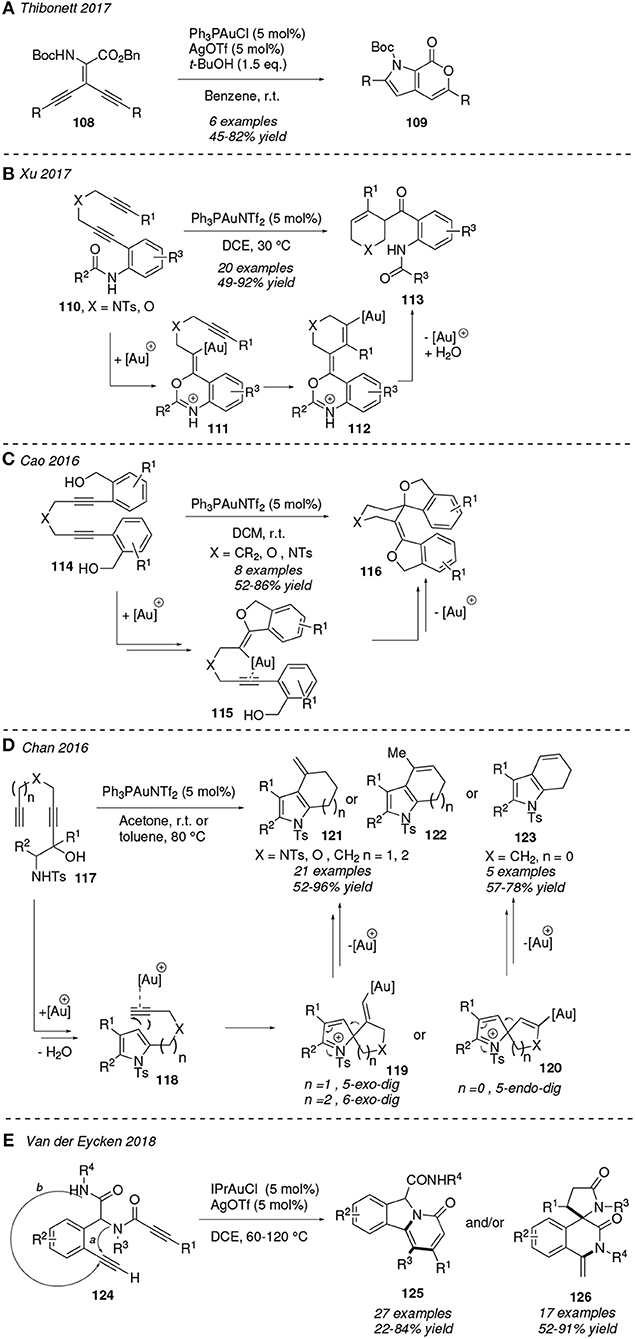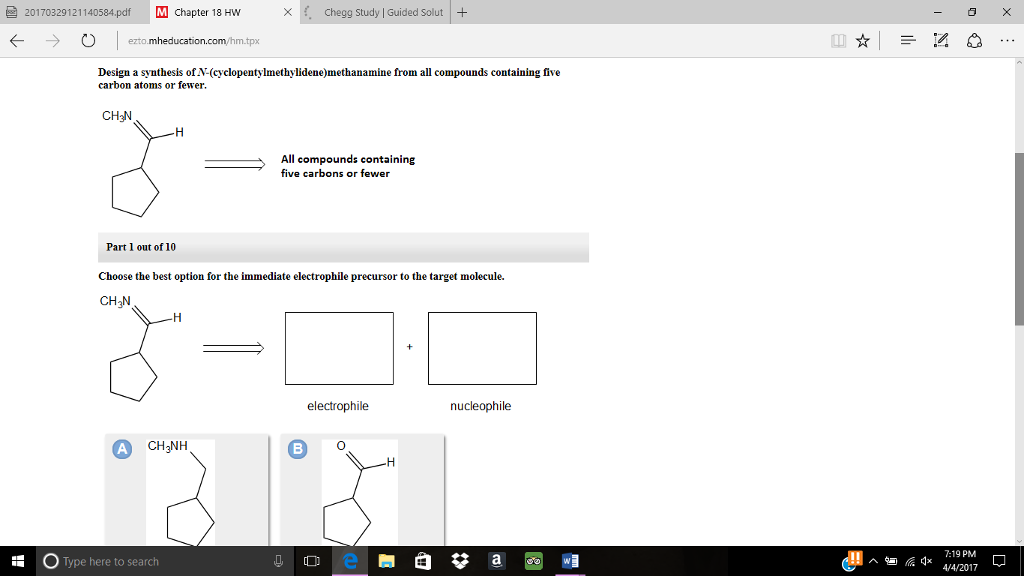

The carbon 1 with the partial positive charge becomes the electrophilic center. This loss in electron density is denoted with a partial positive charge on Carbon as ( δ+), and the gain is represented with Bromine ( δ-). The Bromine pulls most of the electron density of the bond and makes the adjacent Carbon 1 more electrophilic.

This creates two terminals: electron-rich and electron-poor, called the dipoles.įor example, in a molecule of CH 3 2-CH 2 1-Br, the Bromine (Br) is more electronegative than Carbon 1 to which it is directly attached.

The nucleophile then donates its two electrons to the electrophile and forms a new covalent bond.Įlectrophiles are electron-deficient due to multiple factors the most common is electronegativity.ĭue to electronegativity, an electronegative atom or group of atoms takes away a covalent bond’s electron density, due to which one atom in the bond is richer than the other in electrons. In a chemical reaction, the nucleophile constantly seeks its complementary partner, the electrophile. Role of a Nucleophile in a Chemical Reaction The nucleophiles’ electron prosperity comes from three different sources- lone pairs, pie bonds, and on rare occasions, the sigma bonds. The electron-rich atom or a group of such atoms that bring an electron pair are called nucleophiles. In the process, they form bonds, and the electron imbalance eases. Some atoms are rich in electrons and want to help by donating their electron richness to the devoid counterpart, the electrophile. The electrophiles and nucleophiles in the database are classified by stars.Humans engage in welfare activities to improve others' well-being, tackle inequality, and create stronger bonds. This is quite helpful in view of the fact that Equation (1) presently covers a reactivity range of 40 orders of magnitude.Īs carbon-centered electrophiles and carbon-centered nucleophiles have been used for the parameterization, Equation (1) is only applicable when one or both reaction centers are carbon.ĭo not use the reactivity parameters for predicting reactions with bulky reagents (for exceptions see entries for tritylium ions) While rate constants k for the reactions with reference electrophiles are usually reproduced with deviations of less than a factor of 2, deviations by a factor of 10 to 100 have to be expected, when both reaction partners are not from the reference sets. S N = nucleophile-specific sensitivity parameter (solvent dependent)īe aware of the fact, that the three-parameter Equation (1) does not include steric effects and, therefore, can only be used for semiquantitative predictions of rate constants. N = nucleophilicity parameter (solvent dependent) The database contains a compilation of the published reactivity parameters E, N, and s N which allow to calculate the rate constants for combination reactions of electrophiles with nucleophiles by Equation (1) : S-Electrophiles (thiolating reagents) (9).

F-Electrophiles (fluorinating reagents) (5).Cl-Electrophiles (chlorinating reagents) (3).Other metal-stabilized carbocations (6).O-substituted carbocations (carboxonium ions) (5).N-substituted carbocations (iminium ions) (31).Imidazolines and related compounds (10).Enamines, NHOs, Enamides and Ynamides (68).Alkyl, Alkenyl and Aryl Boron Compounds (38).


 0 kommentar(er)
0 kommentar(er)
